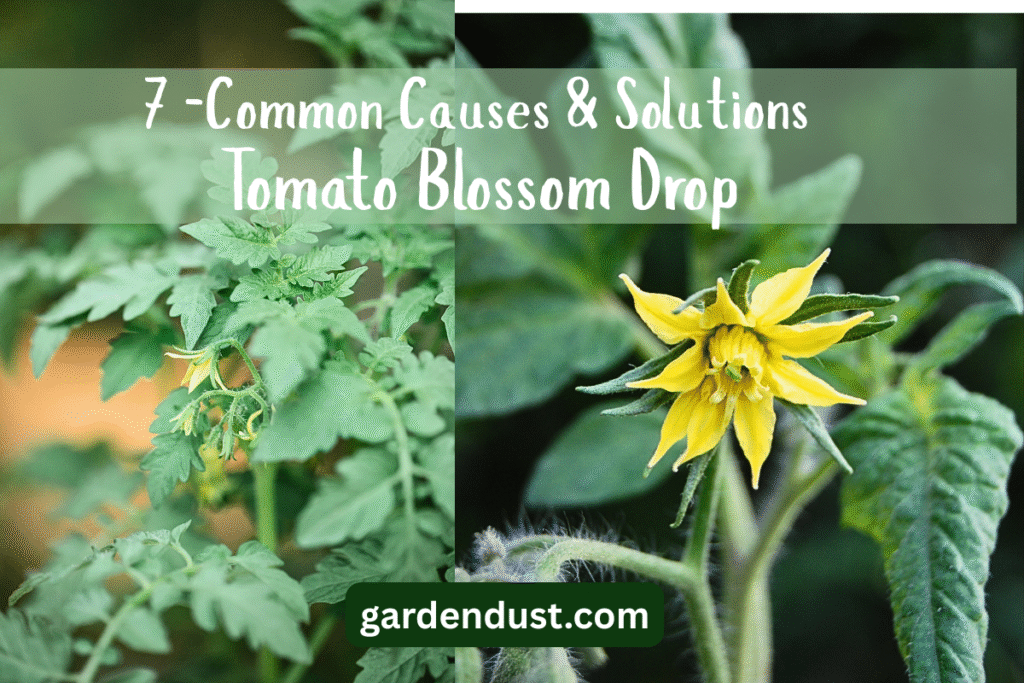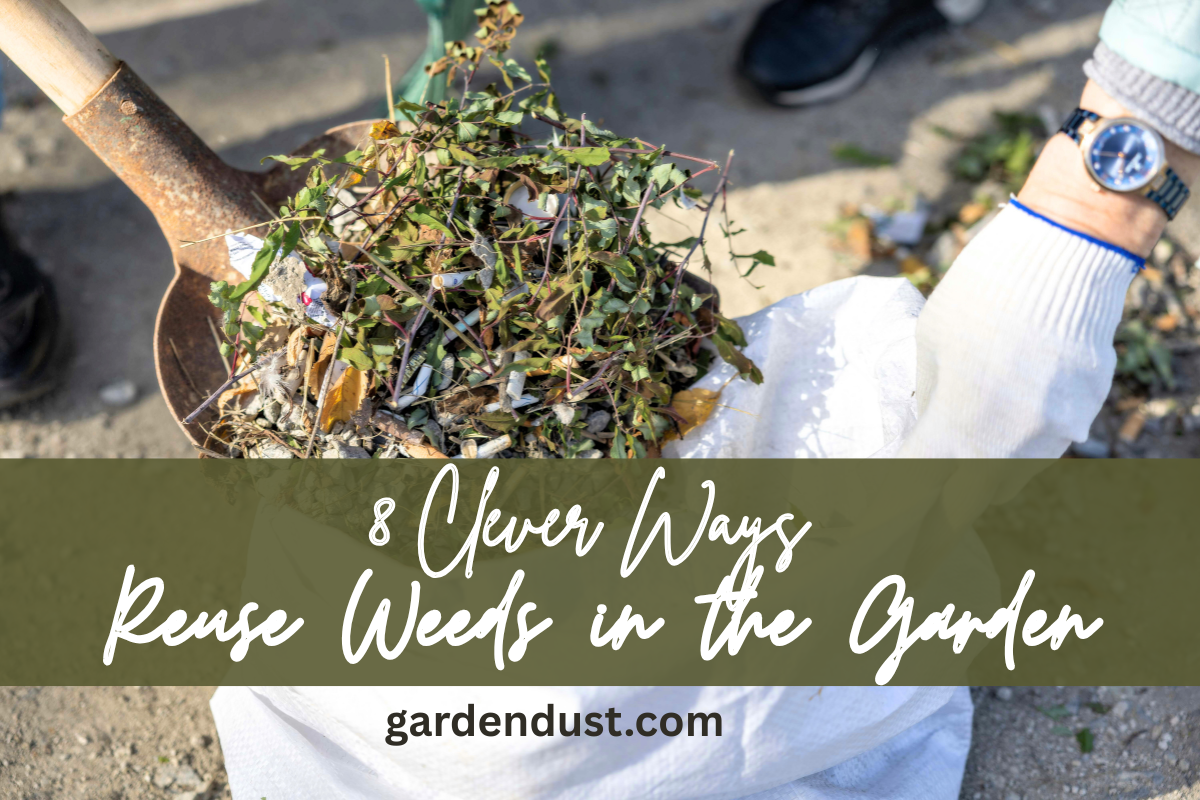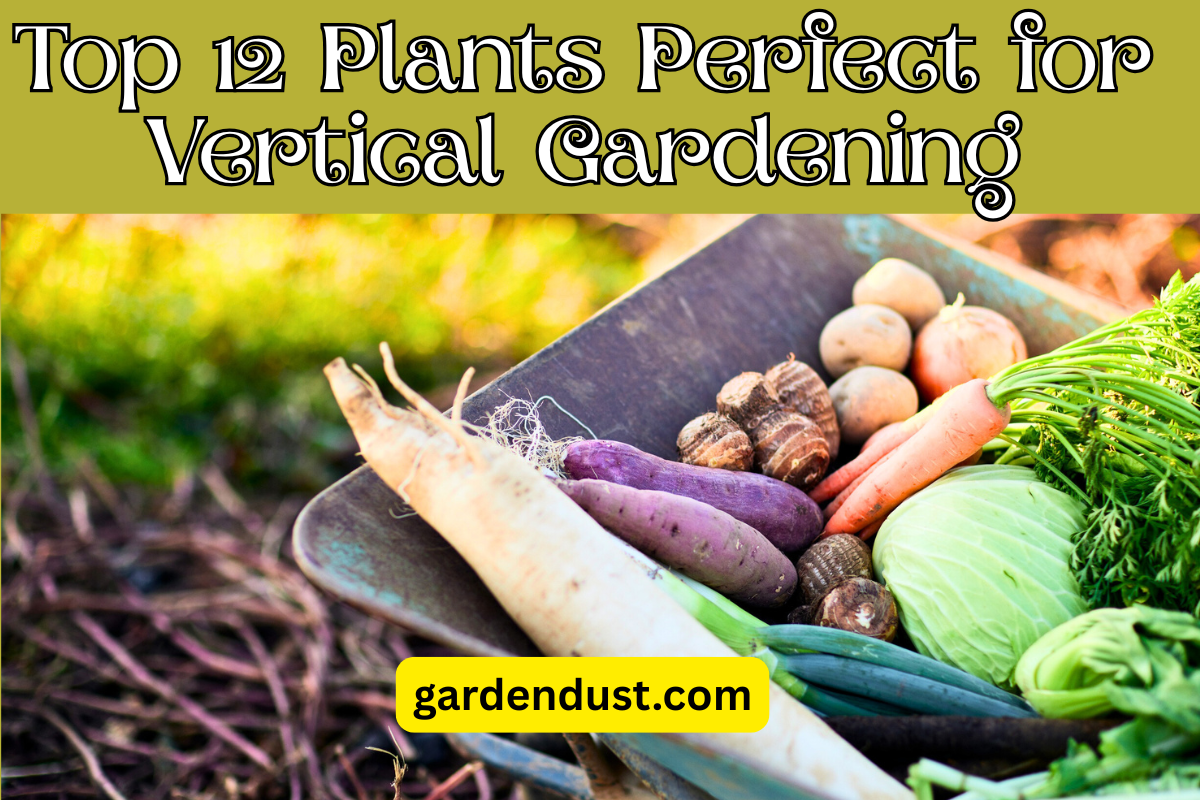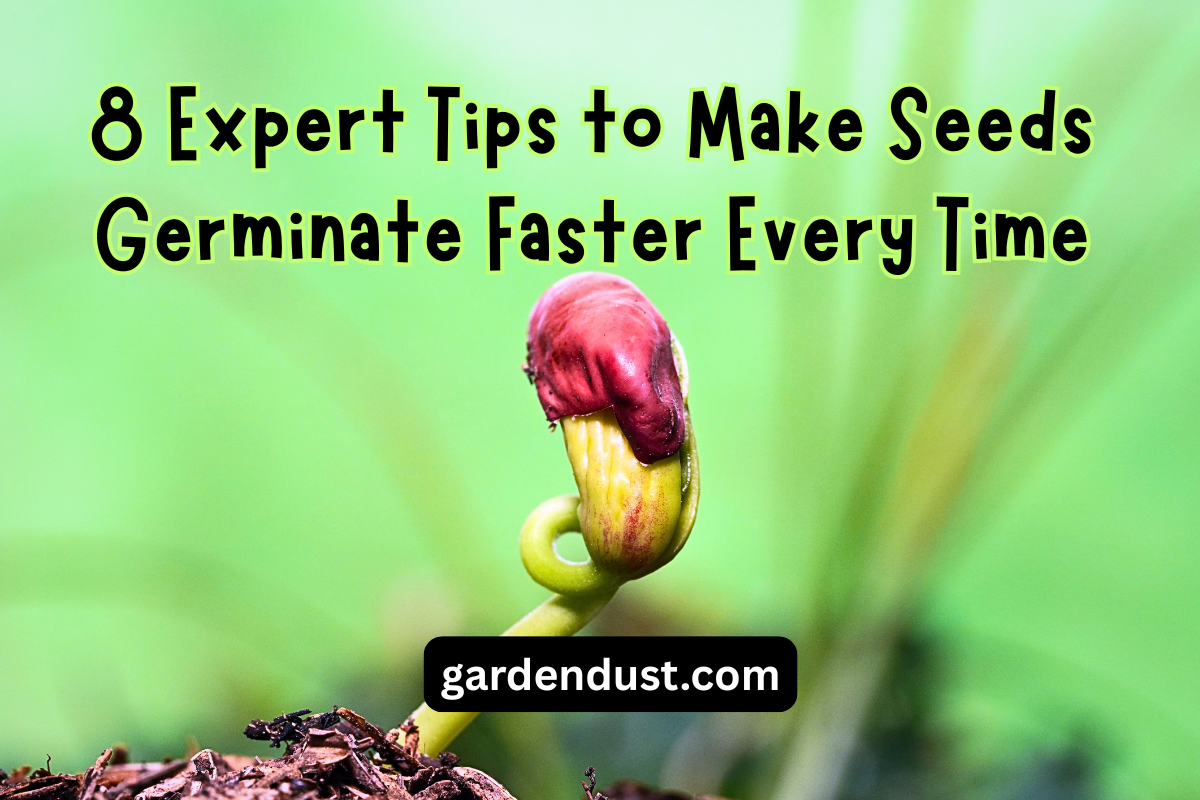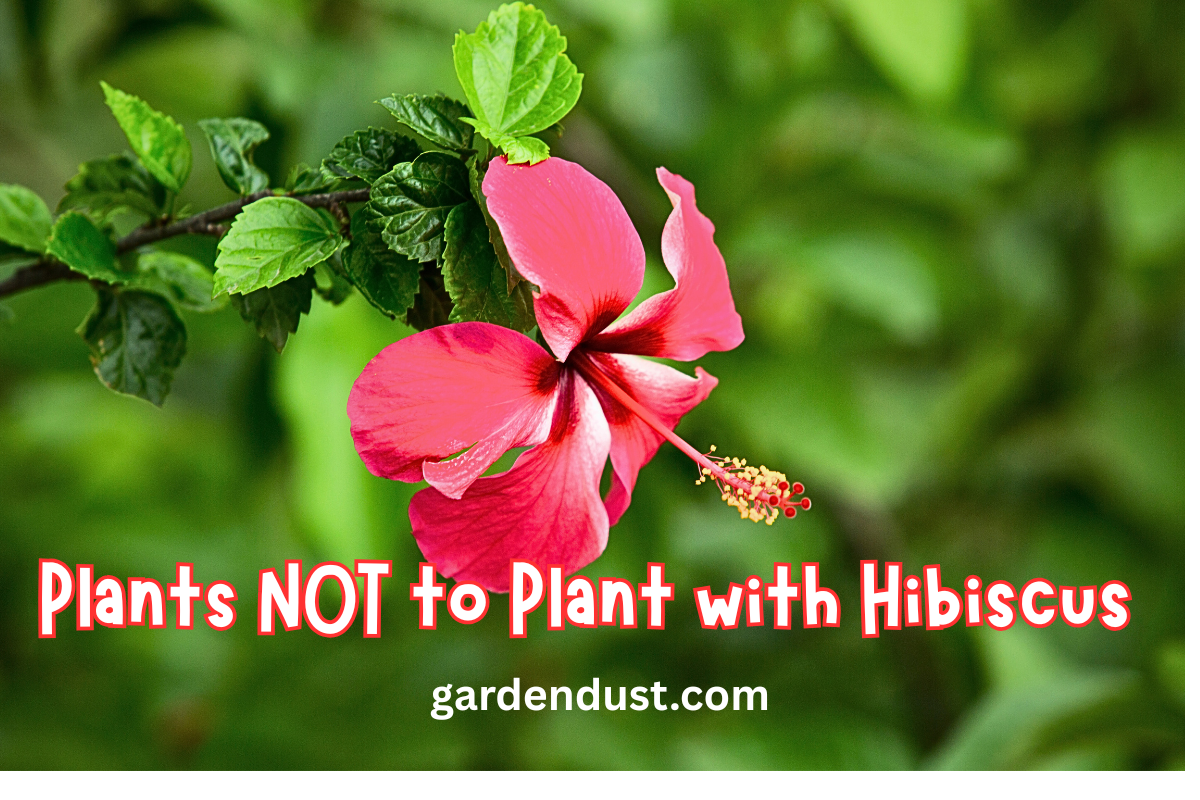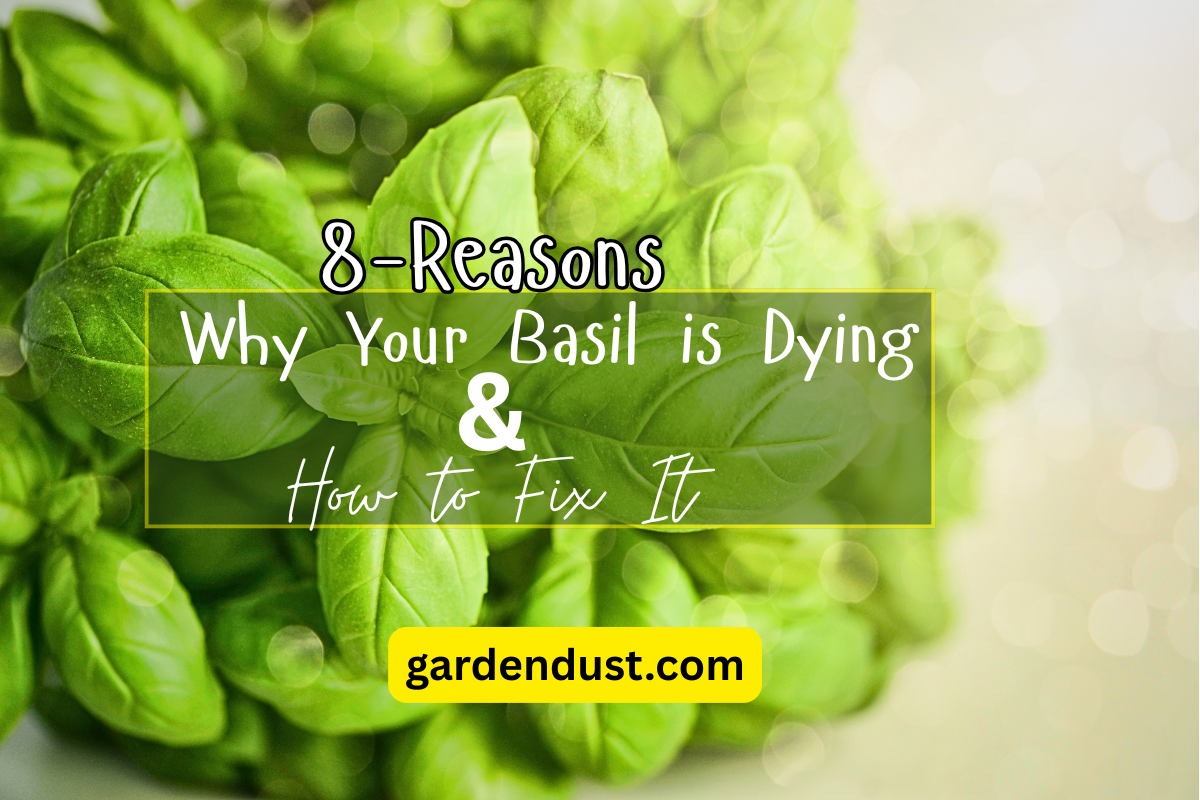Tomatoes are a must-have for most gardeners, but one issue that often leads to disappointment is blossom drop — when flowers fall off without forming fruit. It’s a signal from your tomato plant that something isn’t quite right. In this detailed guide, we’ll break down the 7 most common causes of tomato blossom drop, explain why they happen, and show you exactly how to fix them, so your plants can get back to producing juicy, red tomatoes.
🌡️ 1. High Temperatures
Tomato plants thrive between 70–85°F (21–29°C) during the day and 55–70°F (13–21°C) at night. When temperatures exceed these limits, especially above 90°F (32°C) during the day or 75°F (24°C) at night, the plant becomes stressed. Pollen can become non-viable, which means even if the flower is pollinated, it won’t produce fruit — leading to flower drop.
✅ How to Fix It:
- Provide shade: Use shade cloth, row covers, or even a lightweight bedsheet during peak heat hours.
- Water deeply and early in the morning to help the plant cope with heat stress.
- Mulch heavily around the base of the plant to insulate roots and reduce temperature fluctuations.
- Grow heat-tolerant varieties like ‘Heatmaster’, ‘Florida 91’, or ‘Phoenix’.
Avoid excessive pruning during heatwaves, as the leaves help shield fruit and flowers from the sun.
🧊 2. Cold Temperatures
Cool temperatures, particularly below 50–55°F (10–13°C), can also hinder pollination. Pollen becomes sticky and doesn’t move properly inside the flower. Even a short cold snap can cause the plant to abort the flowers.
✅ How to Fix It:
- Wait to plant until nighttime temps are reliably above 55°F.
- Use cloches, plastic tunnels, or garden fabric to keep plants warm during unexpected cold spells.
- Start tomatoes indoors if you’re in a region with late frosts, and transplant only when it’s warm enough.
- For cooler climates, choose early-maturing or cold-tolerant varieties like ‘Stupice’, ‘Glacier’, or ‘Siberian’.
🐝 3. Poor Pollination
Tomatoes are self-pollinating but still require some movement — from wind, insects, or vibration — to transfer pollen from the anthers to the stigma. If there’s not enough pollinator activity or airflow, blossoms won’t set fruit and will fall off.
✅ How to Fix It:
- Attract bees and beneficial insects by planting flowering herbs like dill, borage, basil, or marigolds.
- Hand-pollinate by gently shaking the plant or using a soft paintbrush, cotton swab, or electric toothbrush to vibrate the flowers.
- Ensure air circulation by spacing plants properly and pruning dense growth.
- Avoid using pesticides that harm pollinators, especially during bloom time.
🌿 4. Excessive Nitrogen
Nitrogen is crucial for leafy growth, but too much of it can lead to lush foliage and very few blossoms or fruits. The plant becomes vegetative rather than reproductive. Flowers that do appear may fall due to imbalance in nutrient uptake.
✅ How to Fix It:
- Use a balanced or low-nitrogen fertilizer, such as 5-10-10 or 4-6-8.
- Stop fertilizing temporarily if your plants are too leafy and not blooming.
- Add phosphorus-rich amendments like bone meal or rock phosphate to encourage flowering.
- Incorporate compost or well-rotted manure that slowly releases nutrients over time.
💧 5. Inconsistent Watering
Fluctuations between dry and soggy soil can shock the plant, causing it to drop its blossoms. Underwatering stresses the plant, while overwatering reduces oxygen to roots. Both extremes cause fruiting problems.
ALSO READ:- Why Are My Dieffenbachia Leaves Drooping? 7 Common Causes
✅ How to Fix It:
- Water deeply once or twice a week instead of shallow, daily watering.
- Check soil moisture by sticking your finger 1–2 inches into the soil; if it’s dry, it’s time to water.
- Use drip irrigation or a soaker hose to deliver water right to the roots.
- Apply 2–3 inches of mulch (straw, shredded leaves, or compost) to help retain moisture and prevent evaporation.
✂️ 6. Excessive Pruning or Plant Stress
Tomato plants can be stressed by overzealous pruning, poor transplanting techniques, root damage, or physical trauma like strong winds or pests. When stressed, they often abort blossoms to conserve energy.
✅ How to Fix It:
- Prune carefully: Remove only unnecessary suckers and lower leaves touching the soil.
- Support plants with sturdy cages or trellises to prevent stem breakage and damage from wind.
- Minimize transplant shock by hardening off seedlings before moving them outdoors.
- Avoid disturbing the roots when weeding or planting nearby crops.
🌤️ 7. Lack of Sunlight
Tomatoes are sun-lovers and require at least 6–8 hours of direct sunlight daily. Without enough light, the plant doesn’t produce enough energy to sustain blossoms and often drops them.
✅ How to Fix It:
Plant in full sun locations, ideally where they receive morning and early afternoon light.
- Avoid overcrowding plants, which can create too much shade.
- If you’re growing in containers, move pots to sunnier spots as needed.
- Use reflective materials like white gravel or light-colored walls to bounce extra sunlight onto your plants.
🧪 Bonus Insight: Monitor for Diseases and Pests
While blossom drop is mostly due to environmental stress, pests like thrips and diseases like early blight can also weaken your tomato plant and cause it to lose flowers.
✅ Prevention Tips:
- Inspect plants regularly for signs of insects or fungal issues.
- Use neem oil or insecticidal soap if needed.
- Remove infected leaves promptly to prevent spread.
🌼 Conclusion: How to Ensure Fruitful Tomato Plants
Blossom drop can be discouraging, but it’s usually a symptom of an environmental issue that can be corrected. Keep your tomatoes healthy and productive by:
- Keeping temperatures within ideal ranges.
- Watering consistently and deeply.
- Providing pollination support and plenty of sunlight.
- Using balanced fertilizers and avoiding over-pruning.
With a little observation and quick intervention, you can turn falling flowers into flourishing fruit. Happy Gardening….

